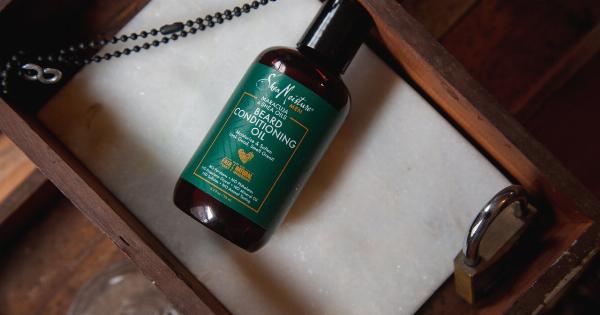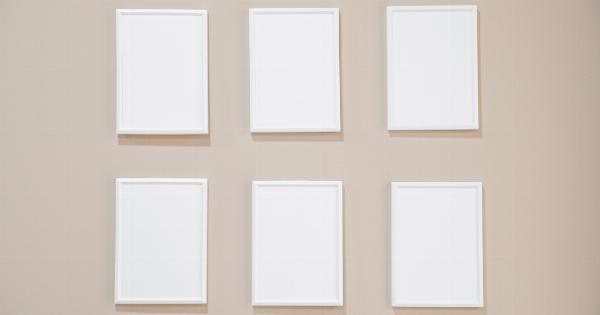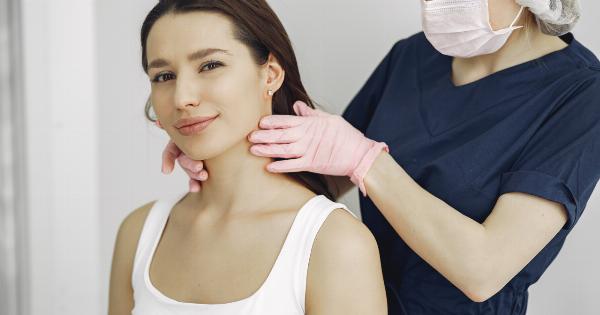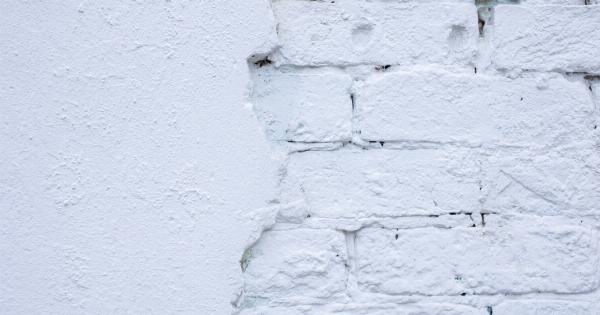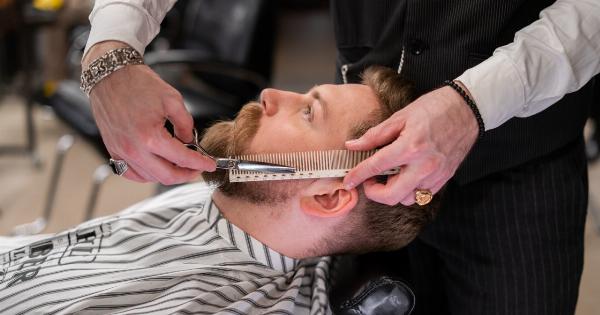Over the years, the beauty industry has been obsessed with creating the perfect hairstyles, and one trend that has taken the world by storm is the practice of styling and manipulating the edges.
Edges are the fine hairs that frame the hairline along the forehead, temples, and ears. While taming and styling them can add flair to your overall look, over-styling your edges can lead to a myriad of problems. In this article, we will explore the dangers of over-styling your edges and how to maintain their health and integrity.
What are Edges?
Edges are the delicate hairs that outline our hairline, adding a polished look and defining the boundaries of our hairstyles. They can be wispy and fine or thick and curly, depending on an individual’s hair type.
Edges are prone to breakage and damage due to their fragile nature and constant exposure to tension and manipulation. While they play a significant role in our appearance, they require special care and attention to prevent long-term damage.
The Appeal of Styled Edges
There is no denying the allure of laid and defined edges. Properly styled edges can elevate any hairstyle, adding a polished and put-together look. Many people opt for sleek edges to create a clean and elegant appearance.
Others embrace the natural texture of their edges, allowing them to frame the face in a way that enhances their overall beauty. Styling the edges has become a popular beauty ritual, encouraging individuals to experiment with various products, tools, and techniques.
The Dangers of Over-Styling
While it is tempting to style and manipulate our edges regularly, over-styling can have severe consequences for the health of our hairline. Here are some dangers associated with over-styling your edges:.
1. Traction Alopecia
One of the most significant dangers of over-styling your edges is the risk of developing traction alopecia. Traction alopecia is a form of hair loss caused by excessive tension and pulling on the hair follicles.
It often occurs when tight hairstyles, such as braids, ponytails, or cornrows, are worn consistently. The constant stress on the hairline can lead to weakened hair follicles and, ultimately, permanent hair loss if not addressed promptly.
2. Breakage and Damage
Over-styling your edges can cause the hair shafts to become weak and brittle, leading to breakage and damage. The use of heat styling tools, such as flat irons and curling wands, can further exacerbate these issues.
The fragile nature of the edges requires gentle handling and minimal manipulation to prevent breakage and maintain the integrity of the hair.
3. Scalp Irritation
Excessive styling can irritate the sensitive skin along the hairline, leading to scalp discomfort and inflammation.
The use of harsh chemicals, such as strong gels or adhesives, can exacerbate the problem and cause redness, itchiness, and even allergic reactions. It is important to choose styling products that are gentle on the scalp and avoid any ingredients that may cause irritation.
4. Thin Edges
Consistently over-styling the edges can result in the thinning of hair along the hairline. The constant manipulation and tension put on the hair follicles can lead to the miniaturization of the hair strands, resulting in visibly thinner edges.
Once the hair follicles are damaged, it becomes challenging to restore their original thickness and density.
5. Stunted Hair Growth
Over-styling can impede the natural growth cycle of the hair, causing it to become stagnant. Constant manipulation and excessive use of products can clog the hair follicles and prevent new hair from growing.
This can result in a stalled growth phase and limited regrowth in the areas of over-styling.
How to Maintain Healthy Edges
To prevent the dangers associated with over-styling, it is essential to adopt healthy practices and care for your edges properly. Here are some tips to help you maintain healthy edges:.
1. Avoid Excessive Tension
Avoid tight hairstyles that put excessive tension on the hairline. This includes styles like excessively tight braids, ponytails, or buns. Opt for looser styles that allow your edges to breathe and minimize the risk of traction alopecia.
2. Limit Heat Styling
Heat styling tools can be damaging to your edges when used excessively. Minimize the use of flat irons, curling wands, and hot combs. When using heat, always use a heat protectant and keep the temperature moderate to prevent heat damage.
3. Be Gentle
Treat your edges with care and avoid unnecessary pulling or tugging. Use gentle brushes or soft materials to lay down your edges rather than firm or harsh tools. Avoid rough towel-drying and rubbing your hairline vigorously.
4. Moisturize Regularly
Keep your edges well-moisturized to prevent dryness and breakage. Use leave-in conditioners, oils, or moisturizing balms specifically formulated for edges. Regularly hydrating your edges will help maintain their strength and elasticity.
5. Choose Gentle Products
Be mindful of the products you use on your edges. Avoid harsh gels, adhesives, or styling products containing drying alcohols. Opt for gentle and nourishing formulations that promote hair health and growth.
Read ingredient labels carefully and choose products that are free from potentially damaging additives.
Conclusion
While styled edges can enhance your overall look, over-styling them can lead to long-term damage and hair loss. It is important to strike a balance between styling and maintaining the health of your edges.
By practicing gentle techniques, avoiding excessive tension, and using nourishing products, you can ensure the longevity and vitality of your edges. Embrace your natural hairline and prioritize its care to enjoy healthy and beautiful edges for years to come.






